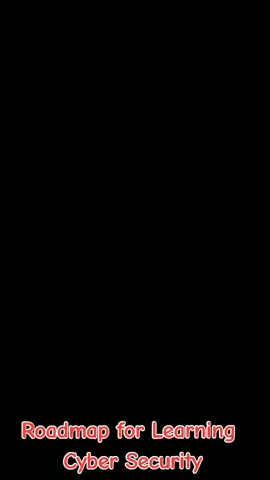Một Phút Tĩnh Tâm
Region: VN
Tuesday 16 September 2025 11:44:15 GMT
1227
260
36
14
Music
Download
Comments
Quỳnh hương Trần :
nam mô a Di Đà Phật
2025-09-17 05:23:52
2
Thuc Uyen :
Nam mo A da phat cau mong gia dinh con ko bênh tat lam an phat dat
2025-09-17 09:39:12
1
🅰️🅝🅗 1️⃣3️⃣ :
nam mô bổn sư thích ca mâu ni phật
2025-09-18 15:46:02
1
Lan Nguyễn Ngọc :
nam mo a di da phật
2025-09-17 01:33:06
2
ℙℋướℂ ℒợℐ ℙℋᎯℕ :
nam mô a di đa phật
2025-09-18 05:59:29
1
sphey.lucky :
សាធុសាធុសាធុ 💸🙏❤
2025-09-17 13:35:50
2
user4226523361914 :
nam mo Adidas da phat câu mong gia đình con ko bệnh tật lam ăn phát dat
2025-09-17 06:43:47
2
Tuấn Lộc :
🙏🙏🙏nam mô a di đà phật🙏🙏🙏nam mô quan thế âm bồ tát🙏🙏🙏
2025-09-16 16:59:37
2
thỏ :
Nam mô Đại Từ Đại Bi Quán Thế Âm Bồ Tát
2025-09-16 16:08:11
2
nganbao778 :
nam mô a di phật 🙏🙏🙏
2025-09-16 12:53:10
2
minh.tien :
Nam mô a Di Đà Phật
2025-09-16 12:17:30
2
thu :
Nam mô Đại từ Đại Bi quán thế âm bồ
2025-09-16 12:16:14
3
Trần Khánh Ngân :
Nam mô a Di Đà Phật 🙏🙏🙏
2025-09-16 15:36:12
2
Hoàng Hà :
Nam mo a di da phật
2025-09-16 15:22:02
2
Cẩm Nhung :
Nam Mô A Di Đà Phật
2025-09-17 02:18:23
3
Kim Hương :
Nam mô a di đà phật 🙏🙏🙏
2025-09-16 12:18:39
2
user7228935342962 :
NAM MÔ A DI ĐÀ PHẬT
2025-10-03 08:01:29
1
Hương❤️🇻🇳❤️ :
nam mô a Di Đà Phật 🙏🙏🙏
2025-09-17 04:10:10
2
hà anh :
nam mô a Di Đà Phật
2025-09-17 09:42:34
2
Nhượng Lê :
nam mô a Di Đà Phật
2025-09-16 12:46:09
2
Hoa lưu :
nam mô a Di Đà Phật
2025-09-16 13:04:10
2
Mai :
Nam mô a di đà phật
2025-09-16 14:27:56
2
H :
Nam Mô A Di Đà Phật 🙏🙏🙏
2025-09-16 12:55:48
2
Nguyễn Duẩn :
Nam mô a Di Đà Phật
2025-09-16 23:49:03
2
Bạn Oanh Giấu Tên :
Nam Mô A Di Đà Phật
2025-09-16 12:41:04
2
To see more videos from user @motphuttinhtam, please go to the Tikwm
homepage.





